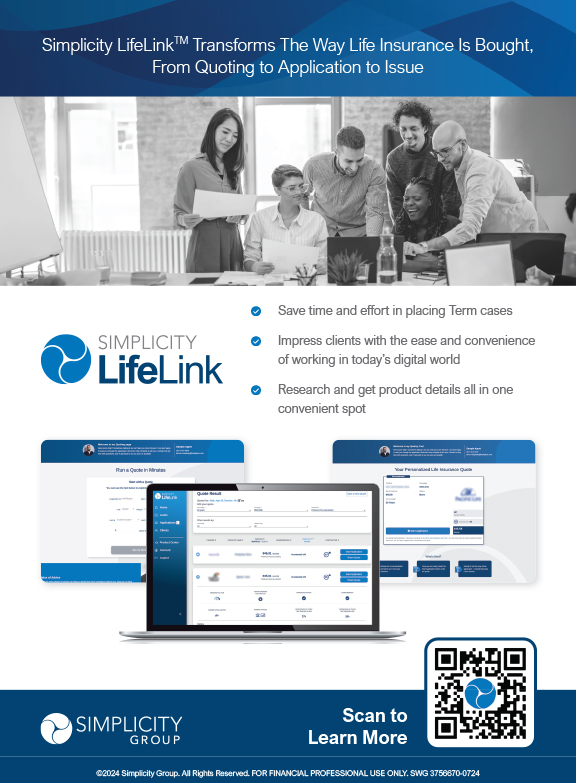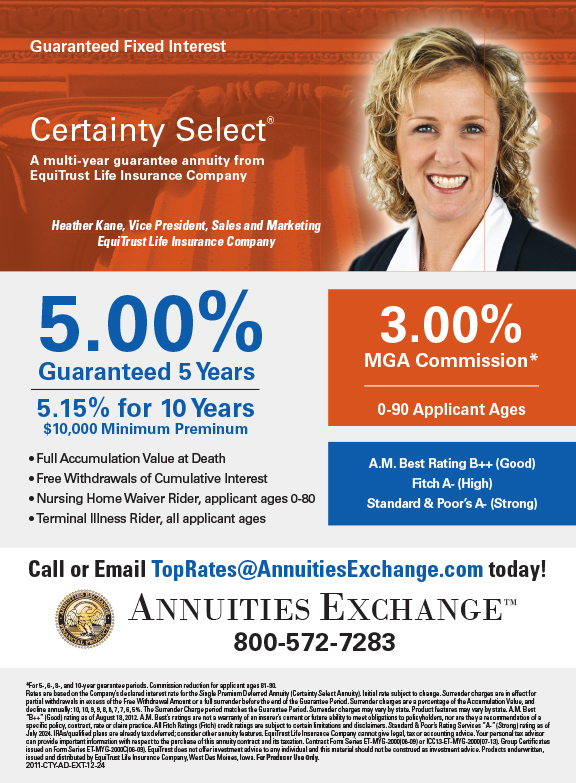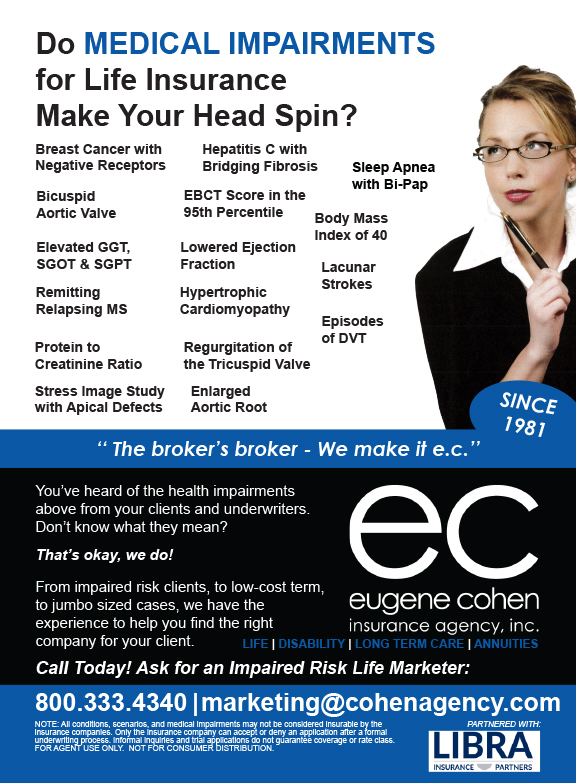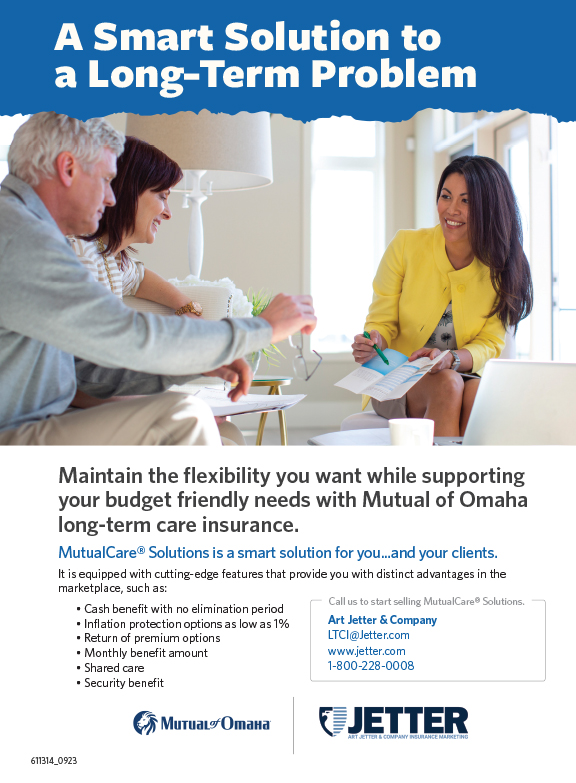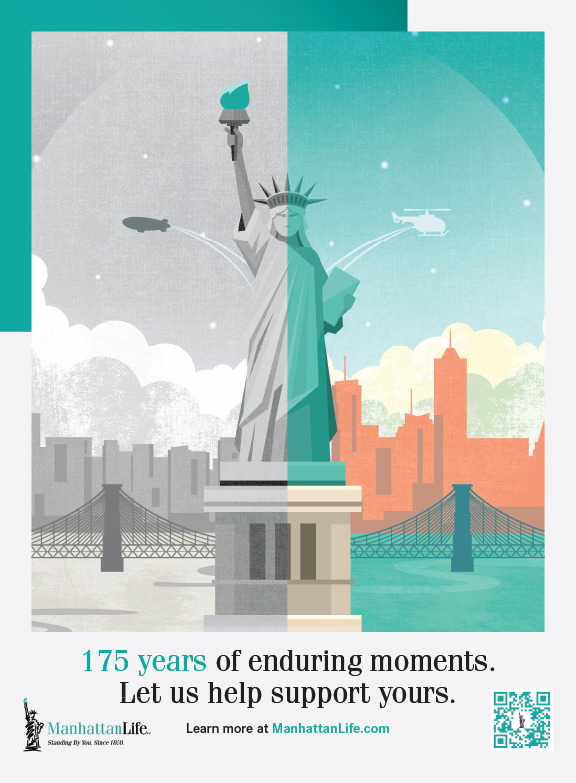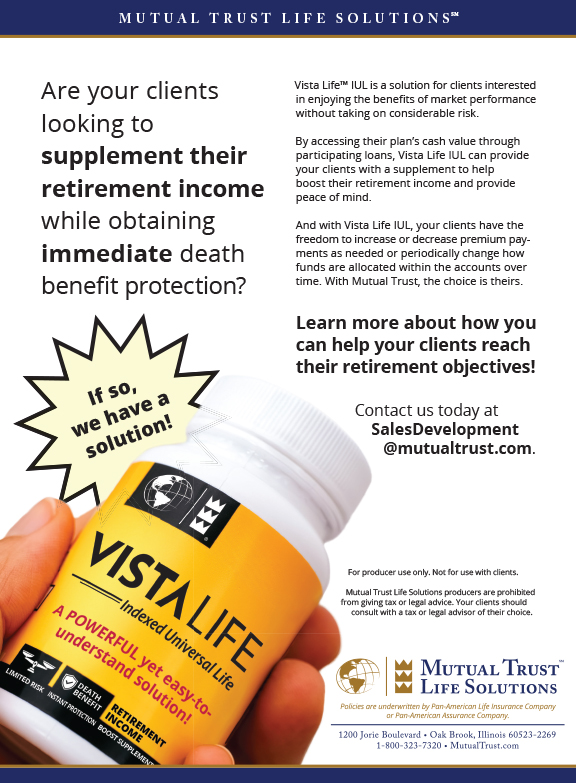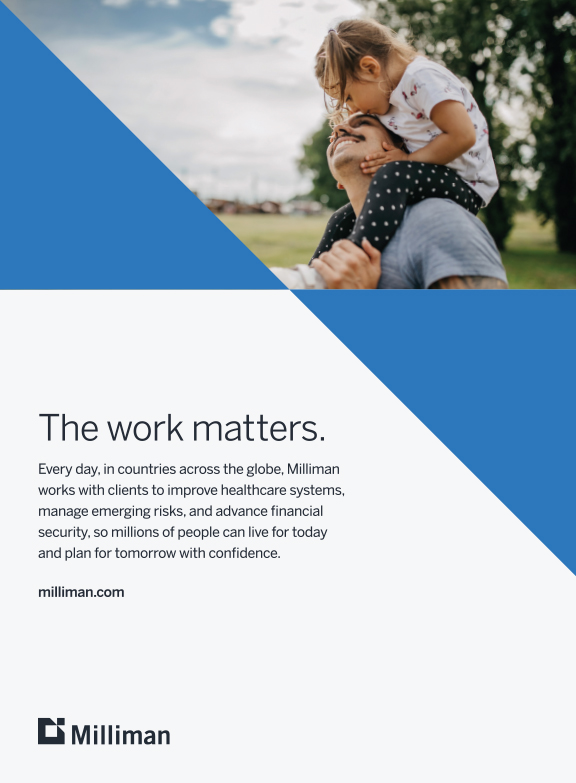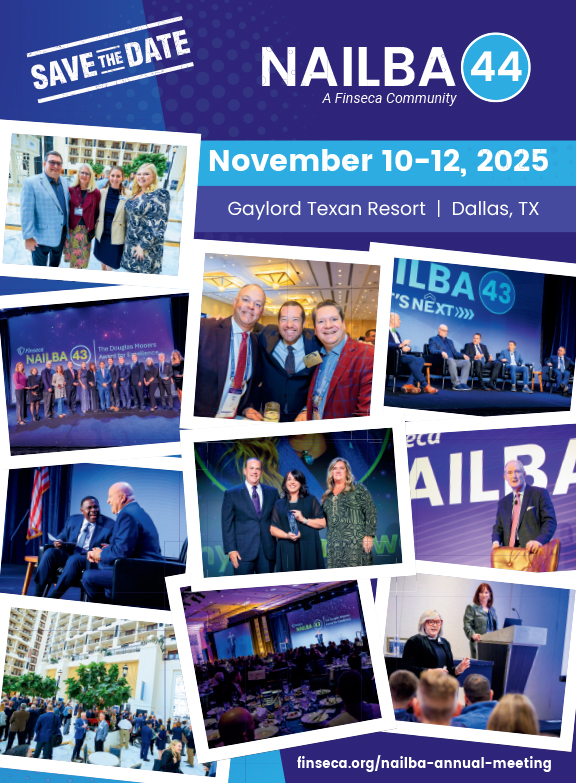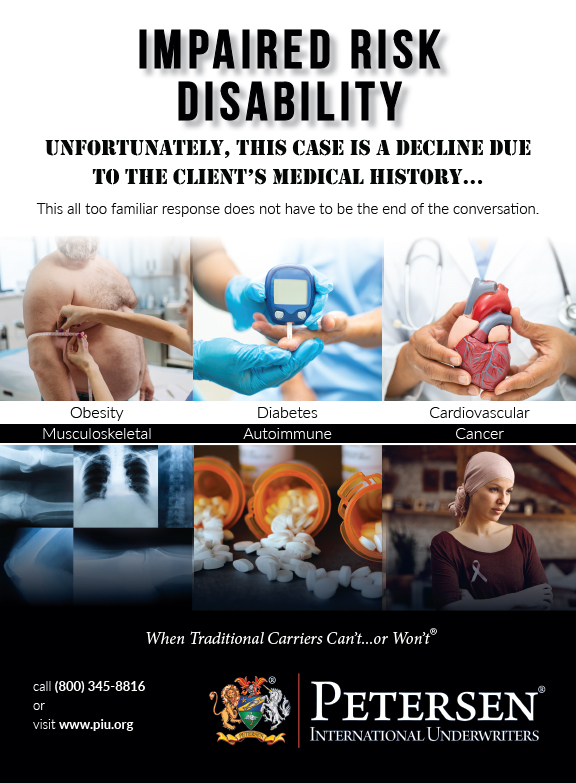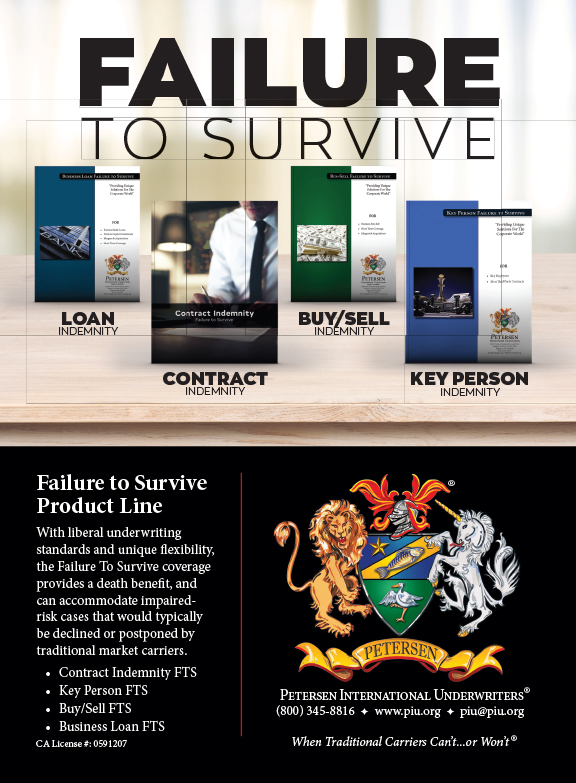The living of life forces people to be consumers. Very few people could survive on the earth without the necessities and the facilities that can only be had by paying for them. Money to spend has become the staff of life, for bread alone will no longer suffice.
The human body, a magnificent machine, cannot survive without food for energy, growth, reproduction, healing of wounds, and counteracting disease.
The elements in our environment often act in a contrary way. The shelter is required or life is snuffed out.
Clothing has become an art form, but basically, it is a form of bodily protection that protects from the burning sun, the freezing rain and wind, and defense against exposure and disease.
A fourth necessity has entered life’s picture in these modern times, and that necessity is money for healthcare. The living of life in today’s world takes place in areas crowded by fast-moving things that substantially increase the odds of accidental bodily injury. Our living close to others increases the transmittal of disease. Physicians, hospitals, medicines, lawyers, and technicians have become a built-in part of our living standards. Like the constantly moving second hand on a clock, life is being consumed; but from an economic point of view, each tick of the hand on the clock represents an expenditure of money. There is no break; there is no stopping the spending. Even the slightest bodily injury caused by another could us to contact an attorney. There is a difference between bodily injury vs personal injury which must be taken into consideration while making claims and filing a lawsuit.
A person can jump in bed, cover up the head, grit the teeth, and vow not to spend any more money. It won’t work, for the belly empties, and unless replenished, the person will die. The choice is to spend money or to die.
It is estimated by professional surveys that any form of disability income insurance protects fewer than 27 percent of American income earners. It is further estimated that fewer than 50 percent of all business owners have ever had the subject of disability insurance discussed with them. Life insurance agents tend to concentrate on life insurance. Health insurance agents tend to concentrate on health insurance. Casualty agents tend to concentrate on property and casualty insurance.
Who will do the important job of delivering disability insurance to serve the American people? The answer is that it will be a conglomeration of insurance agents and brokers from all of these fields of specialization. Once alerted to their client’s true needs, and educated as to how to provide a solution for the client’s needs, insurance purveyors will respond to the challenge and solve their client’s problem. Clients will not be victimized by having only a cash flow outgo, but will be provided with a cash flow income sufficient to match the outgo when their turn comes and disability strikes.
The first lesson in our Personal Economics 101 course is that the only antidote to having to spend money is to have a sufficient amount of money to cover such costs-for most people this means earning the money, for few have been gifted a sufficient amount of money to buy a lifetime of needs.
In the course of life, one encounters a number of income interrupters: job loss, business failure, mental or physical disability and death. We have examined each of these in the light of experience of many, and what we found was that the most devilish and potentially disastrous of all the income interrupters is disablement of the human body to the extent that it cannot work and produce income.
This economic problem of becoming disabled which is created by the very living of life itself has been recognized for well over a century. This recognition has given way to the invention of certain forms of insurance that provide an income cash flow to a disabled person. The underwriting and issuing of such coverage is a matter of contending with many complex factors having to do with physiology, anatomy, law, psychology, finance and integrity.
Unfortunately, for consumers the complexity of underwriting the risk has discouraged both insuring carrier and the field underwriting insurance agent or broker from concentrating on this form of critical and badly needed insurance. Among the many U.S. – domiciled insurance companies, there has been little interest in the underwriting of disability insurance. With few exceptions, many carriers lost money in their experiment with the underwriting of disability insurance. This can be attributed to a lack of knowledge and a lack of enthusiasm on the part of underwriting. A company that offers but does not arduously promote the coverage for fear of getting too much business fears suffering great claims losses. But by not promoting it, the company suffers from an anti-selection process; their unmotivated and non-encouraged sales force does not effectively sell the product to all clients, but only to those who ask for it. Experience teaches us that the consumer who asks for the coverage has knowledge or suspicions that they are about to become disabled. This loads the company with poor risks without having a spread of good risks.
Personal economics is a plan designed to balance the costs of a selected lifestyle with the funds that will be available for that purpose.
Criticism has been slanted toward the American consumer because of the failure to save a significant portion of earned income. Some estimates indicate that, on average, American income earners save approximately four percent of what they earn. This is deemed to be dangerously low and inadequate to handle money needs and emergency matters that may happen during the working carrier of individuals, and certainly inadequate to build a dependable retirement income account.
These surveys however tend to measure only those amounts that are easily traceable into some form of an investment program, whether that is a financial institution such as a bank or savings and loan or into a specifically designed insurance program with cash-value build-up or retirement income benefits being the paramount objective of the plan.
In fairness to the American consumer, who is constantly touted and badgered by advertisements to buy those things that add to the dynamics of life and the pleasures of living, it should be pointed out that the expenditure of money on a mortgage loan to buy a home is a process of converting cash flow income into an equity build-up. According to Jacob Realty, “buying a home with cash is both advantageous and disastrous” as it could mean no mortgage payment but at the same time very little or no investment opportunity. Paying the premium on a cash-value life insurance policy may be measured as an expenditure, but in reality, part of the premium paid is a transfer of cash into an equity build-up called cash value. This is a form of savings. A time-purchase plan used to buy a new automobile means that a little of that payment is transferred into the ownership of the vehicle, and that upon payoff of the obligation, there exists something of value. Not all the payments have been spent, lost, and gone forever.
It is important that American consumers have an awareness of how they spend their money. They must plan on there being economic problems and conditions during the course of the living of their lives that will challenge their ability to cope and to survive.
Savings without the element of time will provide no solution to most financial problems. Saving is anticipated to be a long-term process that, if uninterrupted, will achieve a substantial end result. Of greatest concern is the interruption of the saving process. A shortening of the time and thereby not achieving the intended objective is the result. This is the great value of an insurance planned into the intended saving process.
Prudent personal economics dictates that a person be concerned about the interruption of the all-essential income cash flow required to balance outgo cash flow-“A plan designed to balance the costs of a selected lifestyle with the funds that will be available for that purpose.”






